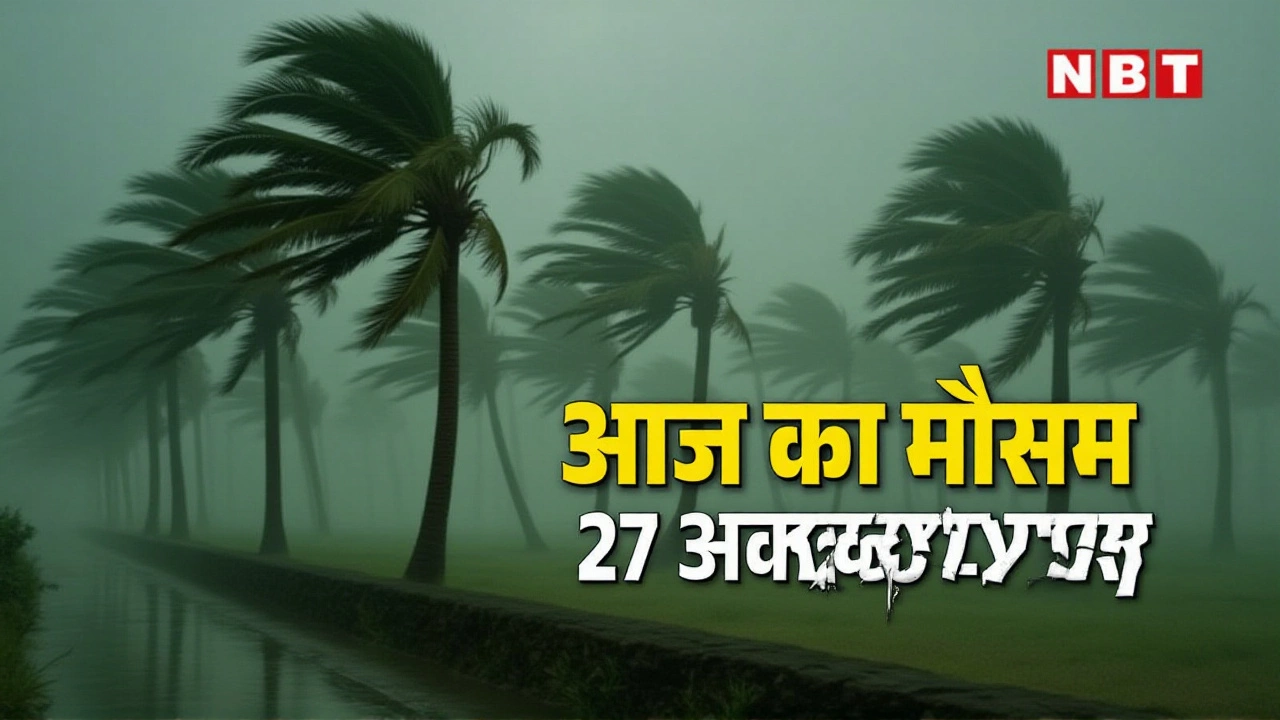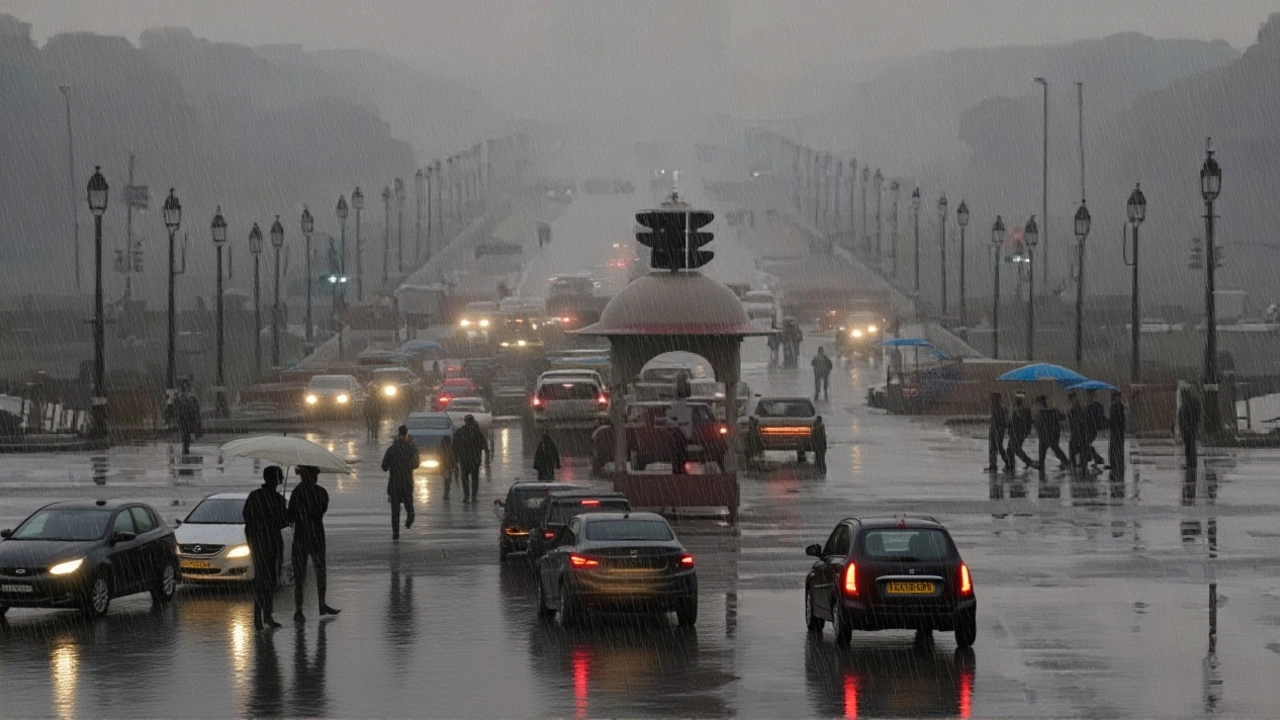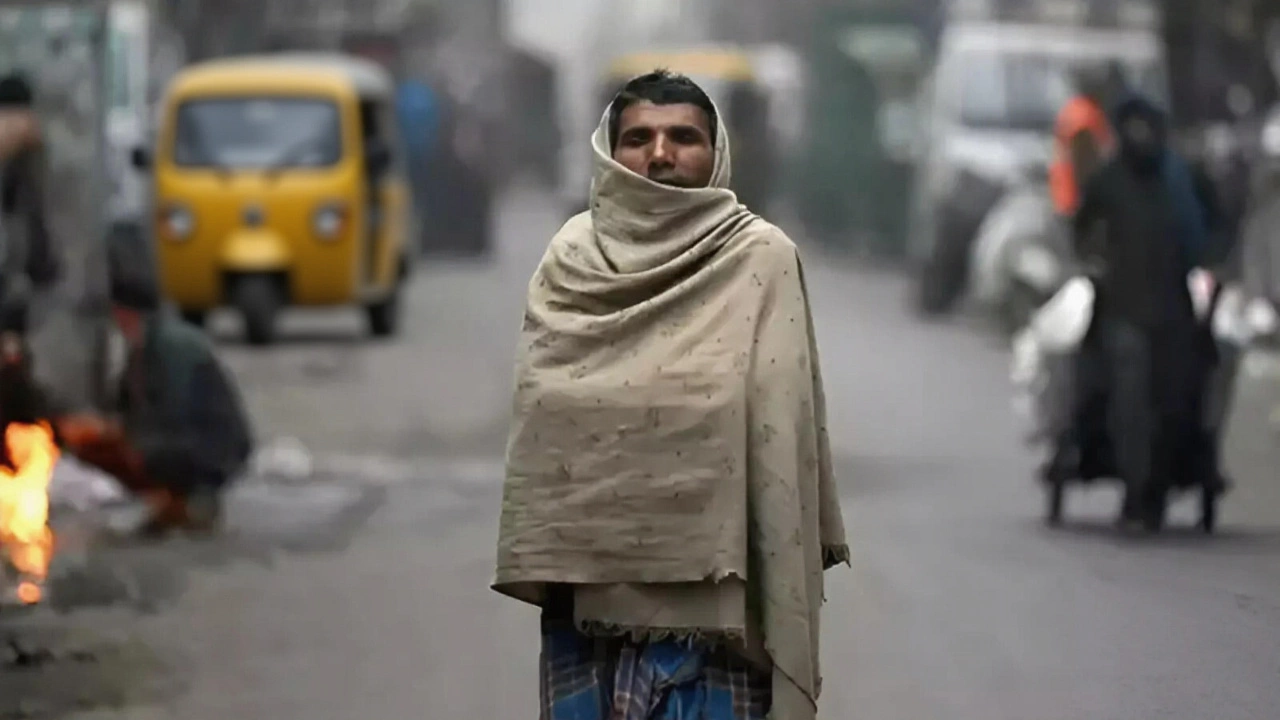
Two people died and over 38,000 hectares of farmland were ruined when Cyclone Montha slammed into the northeastern coast of Andhra Pradesh late Tuesday night, October 28, 2025. The storm, born in the Bay of Bengal, hit near Machilipatnam with winds gusting to 110 km/h, uprooting trees, washing out roads, and drowning crops in muddy floodwaters. By dawn on Wednesday, the India Meteorological Department confirmed the cyclone had weakened to a deep depression, its center 44 km southwest of Rajahmundry. But the damage was already done — and the storm wasn’t done yet.
Proactive Evacuations Saved Lives
Before the storm even made landfall, state officials moved more than 10,000 people — mostly fishing families from 65 coastal villages — to safety. That foresight, according to Chandrababu Naidu, the Chief Minister of Andhra Pradesh, is why only two lives were lost. "If we work in the same way for another two days, we can give much relief to people," Naidu said during a high-level review meeting on October 29. "Two people have died due to the cyclone."
The first reported death came from Konaseema district, where a man was crushed by a falling tree. The second, confirmed later, was a woman swept away while trying to cross a flooded drain. These numbers could have been far worse. In 2023, Cyclone Biparjoy killed 17 in Gujarat despite similar warnings. Here, the difference was preparation — not luck.
Infrastructure in Ruins, Crops Lost
The storm’s fury left behind a landscape of broken power lines, collapsed roofs, and roads turned into rivers. In Krishna and Guntur districts, water stood knee-deep in markets and homes. The Srisailam Temple area suffered a landslide, blocking access roads and stranding pilgrims. Utility crews scrambled to restore electricity, but with over 1,200 poles downed, some villages remained without power for more than 36 hours.
Agriculture took the hardest hit. More than 38,000 hectares of rice, turmeric, and chilli crops — many just weeks from harvest — were submerged or uprooted. Farmers in the Godavari delta now face months of lost income. "I planted my entire savings into this season," said farmer Ramesh Kumar, standing ankle-deep in mud outside his ruined field near Kakinada. "Now I don’t know how I’ll feed my children."

Storm’s Reach Extends to Nepal
Even as Cyclone Montha dissipated over central India, its remnants began traveling north — and this time, they carried rain, not wind. Nepal’s Department of Hydrology and Meteorology issued urgent alerts on October 30, 2025, warning that moisture from the weakening system would trigger heavy downpours across the southern plains.
"Although Cyclone Montha is gradually weakening, it still carries enough moisture to trigger significant rainfall, when it gains altitude," said Barun Paudel, senior divisional meteorologist. The forecast was stark: moderate rain on Thursday in Bagmati and Gandaki, then heavy, potentially deadly rainfall on Friday in Madhesh and Koshi provinces — areas already prone to landslides and riverbank erosion.
Officials in Nepal began evacuating low-lying communities near the Indian border. Schools closed. River monitoring stations went on high alert. It’s rare for a Bay of Bengal cyclone to affect Nepal this deeply — but climate models show such cross-border moisture transport is becoming more common.
Relief Efforts Underway — But Challenges Remain
By Thursday morning, Andhra Pradesh had deployed 120 relief teams, distributed 80,000 meals, and begun cash transfers to 22,000 affected households. The state government promised compensation of ₹1 lakh per deceased family and ₹50,000 for damaged homes. But rural areas still lack clean water. In some villages, the only way to reach people was by boat.
"We’re not just rebuilding roads," said district collector Anjali Rao. "We’re rebuilding trust. People need to know the government won’t forget them when the water recedes."
Meanwhile, the Centre in New Delhi has approved ₹500 crore in immediate aid. But experts warn: without long-term investment in drainage systems and resilient crops, the next storm — and there will be one — will hit even harder.

What Comes Next?
By Saturday, October 31, 2025, the remnants of Cyclone Montha were expected to fully dissipate over central Nepal. But meteorologists say the real test begins now: Can India and Nepal turn this disaster into a blueprint for better preparedness?
For now, the focus remains on recovery. In Andhra, fishermen are repairing nets. In Nepal, villagers are stacking sandbags. And across both countries, people are watching the skies — not with fear, but with vigilance.
Frequently Asked Questions
How many people were evacuated before Cyclone Montha made landfall, and why was this effective?
More than 10,000 residents from 65 coastal villages in Andhra Pradesh were evacuated before Cyclone Montha’s landfall on October 28, 2025. This proactive move, coordinated by state disaster teams, significantly reduced casualties. In past cyclones like Fani (2019), over 1.2 million were evacuated with minimal loss of life — proving early action saves lives, even when infrastructure damage is severe.
What areas in Andhra Pradesh suffered the most damage from Cyclone Montha?
Krishna, Guntur, Konaseema, and Kakinada districts bore the brunt. These coastal regions experienced the strongest winds and heaviest rainfall, leading to widespread crop destruction, power outages, and road washouts. The Srisailam Temple area also suffered a landslide, cutting off access routes. Over 38,000 hectares of farmland were damaged — mostly rice and spice crops vital to local economies.
How is Cyclone Montha affecting Nepal despite weakening?
Even as a deep depression, Cyclone Montha carried massive moisture into Nepal’s southern plains. The Department of Hydrology and Meteorology warned of heavy rainfall on October 31, 2025, especially in Madhesh and Koshi provinces, where flooding and landslides are common. The system’s interaction with the Himalayan foothills intensified rainfall — a phenomenon climate scientists say is increasing due to warmer Bay of Bengal waters.
What financial aid has been announced for victims?
The Andhra Pradesh government pledged ₹1 lakh to families of those killed and ₹50,000 for damaged homes. The Central government approved ₹500 crore in immediate relief funds. Additionally, farmers will receive crop loss compensation through the Pradhan Mantri Fasal Bima Yojana, though delays in assessment could slow payouts. NGOs are also distributing food, clean water, and temporary shelter.
Is Cyclone Montha linked to climate change?
Yes. Scientists from the Indian Institute of Tropical Meteorology note that Bay of Bengal cyclones are intensifying faster and moving slower — both signs of climate change. Warmer sea surface temperatures (now over 30°C in some areas) fuel stronger storms. Montha’s rapid intensification before landfall and its unusual reach into Nepal align with recent trends, suggesting such events may become more frequent and far-reaching.
When will normalcy return to affected regions?
Power and water services are expected to be restored in major towns within 72 hours, but rural areas may take 10–14 days. Crop recovery is a longer battle — replanting rice will take months, and soil salinity from seawater intrusion may reduce yields for up to two seasons. The state has pledged to provide free seedlings and training for climate-resilient farming, but implementation will determine how soon farmers recover.
